The Stone Age
The Stone Age, one of the Prehistoric phases, was a period in which stone tools were created, as this was the most advanced technology of the time. Wood, bones and other materials were also used, but stone, being the main material, was used in tools and weapons, both cutting and percussion.
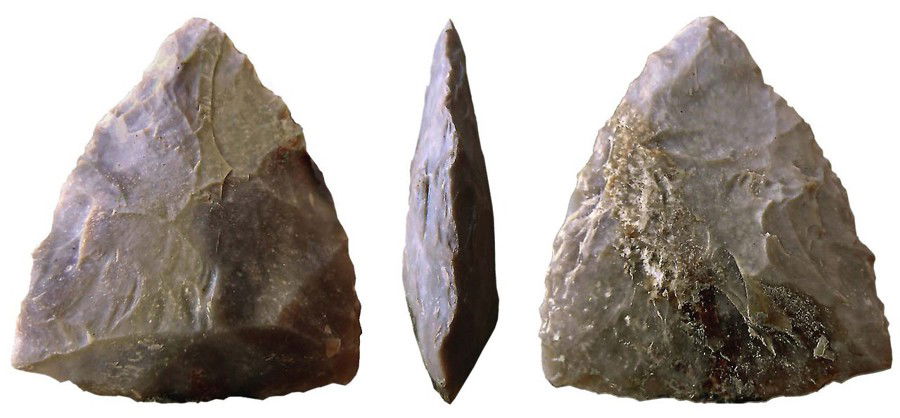
The Stone Age can be divided into three periods:
It is precisely in these three historical periods that we will play Stone Age!
Stone Age - Game Info
Stone Age is a 2-to-4 players game, age 10+, created by designer Bernd Brunnhofer. Game art by Michael Menzel.
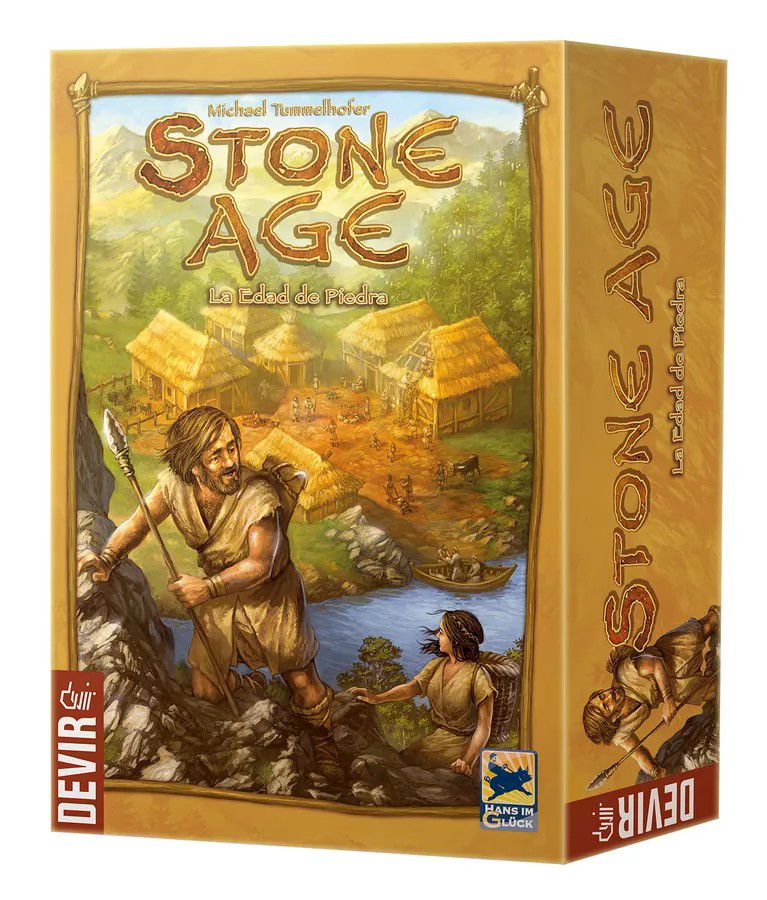
Released in 2008 by Hans im Glück, Stone Age was released in Brazil in 2015, by Devir. The main mechanics include worker placement, gather resources, dice-rolling, progressive turn order and making deals.
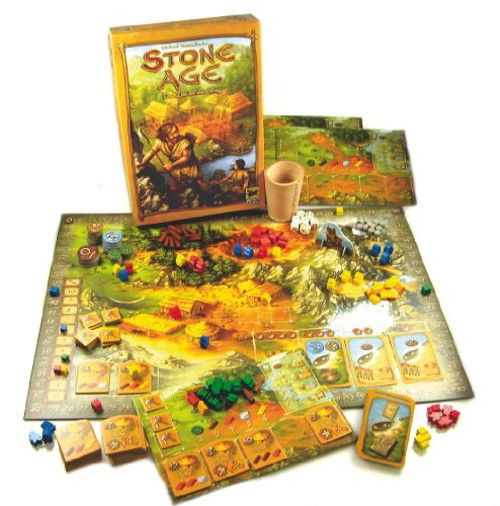
Since release, Stone Age has received nominations and awards for best game. Some standouts include Golden Geek, Meeples Choice, and the renowned Spiel des Jahres, one of the most important awards in the boardgames universe.
Let's play!
The Game
The Stone Age was a tough time indeed. Hunt for survival, make stone tools, collect wood and clay, develop agriculture, build huts, and feed the tribesmen were all hard tasks. In addition, there was a constant struggle for a part in all these activities. Surviving was not easy!
The game is completely iconic, which means there are no reading parts, but it requires a lot of strategy. It also has one of the best mechanics: workers' placement. This reflects the difficulties of the period, where everything was fought over — resources, locations, food, and so on.
Lack of food is looming. It will be necessary to hunt and develop agriculture, otherwise many things will be lost — resources and, within the game, victory points. You're always pressed to make decisions, and this is the true spirit of the game.
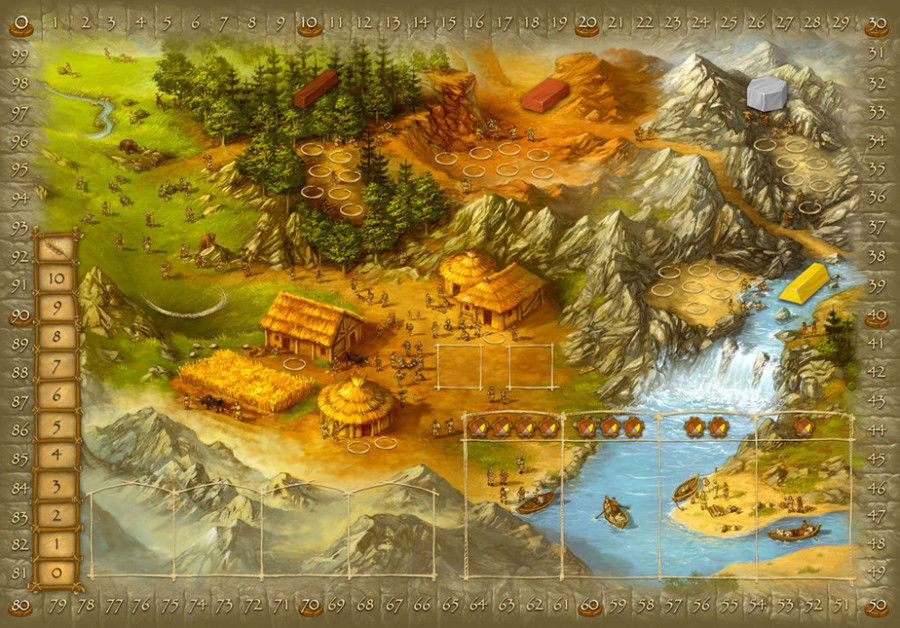
Each player begins with 5 people and 12 food. This is the starting point, and from here on it's survival of the fittest.
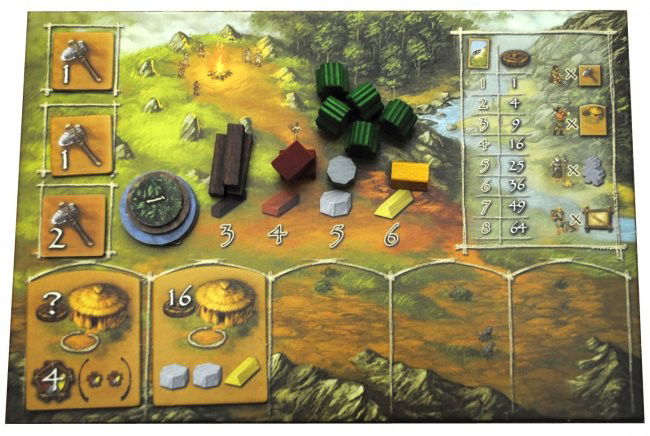
Each round has 3 distinct phases:
Phase 1 is the most strategic in the whole game. At this point, players place their people in various locations on the board, where they can perform actions such as:
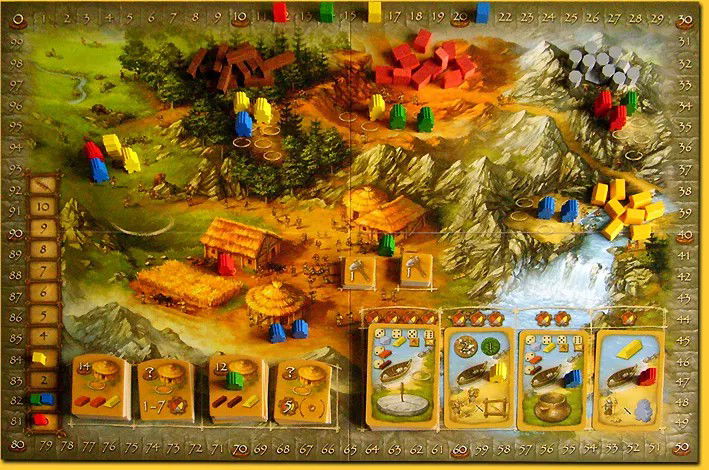
When all players have placed their characters, Phase 2 begins, in which actions are performed. These can happen in three different ways:
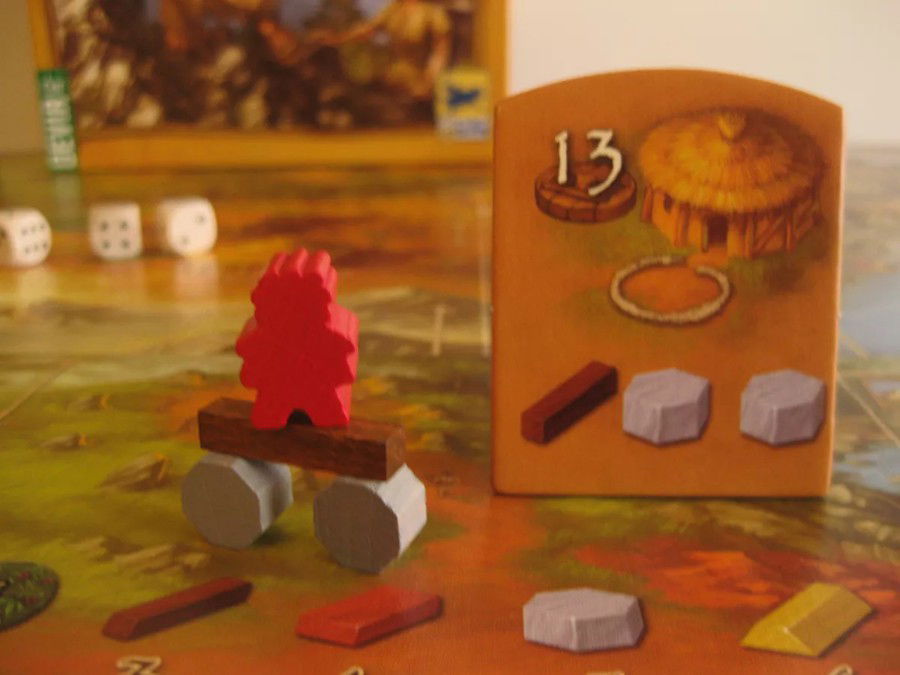
Life wasn't easy in the Stone Age, and this is shown in the game. Sometimes, your people come back empty-handed.
Finally, Phase 3 arrives, when your people need to be fed. Each person consumes one food unit at the end of the round. This is where agriculture helps: each advance in this part reduces the people's total consumption by one - that is, feeds 1 member of your tribe.
If there is not enough food, the player has two options after giving up all available food:
Food requires constant attention in Stone Age, so don't let it run out! After this phase, the Civilization Cards are replaced on the main board and the next round begins.
This is how a turn of Stone Age works!
Ending the Game
The game can end in two ways:
After this, the final scoring is done:
The player with the most points is the winner!
In case of a tie:
Strategy Tips
Stone Age needs a lot of logistics, strategy and management. In Logistics, you can try to build a hut with resources that you don't have yet. Just place one person where you want to build and the others where you can get the needed resources. Then, just do a proper sequencing. Logistics 101: collect, and then build.
This also requires a lot of strategy and management. In fact, for me, Stone Age is a perfect game, and that's something I don't say lightly. It has a lot of strategy and mechanics that fit the theme very well. Everything in it makes sense.
Each of the three phases has its own planning, so I'm going to analyze them separately.
When thinking about where to place your people during Phase 1, at first it may seem that there are lots of places to go - in fact, there aren't. You will notice during the game that each location has perks that make your choices very strategic:
Some locations provide resources used to build huts and obtain civilization cards. The huts awards points when built, while the civilization cards award points at the end of the game, and some also grant resources during the game. If you have spare resources at the end of the game, they also award points.
In Phase 2, since actions happen in three different ways, here are the best strategies:
Notice that much of Phase 2 depends on well-planned actions in Phase 1. They are closely interconnected.
And now for Phase 3, feeding your tribe, I recommend that whenever you are the starting player for the round, in Phase 1 you go straight to the Fields. This location only accepts one character, so make sure it is yours! As mentioned, each advance in farming reduces the food needed by 1. Don't forget that.
Now, if you run out of food (and this is somewhat common), choose between resources or victory points. See which one impacts you less!
Unboxing, Rules and Gameplay Videos
Unboxing:
Rules:
Gameplay:
Pedagogical Tips
If you want a game that develops logical thinking, resource management, and also basic logistics, withouth leaving strategy aside, look no further than Stone Age. On top of all that, we can also explore historical and cultural concepts.
Stone Age is a really family-friendly game, highly thematic, and with stunning art. It provides several stimuli for children.
The game encourages resource management and logical reasoning to decide when to collect something. It also requires logistics to perform actions in the correct order, otherwise you may end up empty-handed. It's also a great lesson in strategy.
Stone Age should be enjoyed and appreciated. Its replayability is enormous, which means that no two matches will be the same. This way, the stimuli are always renewed, and the kids will never have that feeling of "I've already played it and it will be repetitive". Go, Stone Age!
Not to mention that it is possible to use the game as a starting point to talk about history and culture, since all the elements refer to the Stone Age. Take advantage of this!
Pedagogically, Stone Age teaches history, stimulates logical thinking, resource management, and is also fun!
I recommend Stone Age for your collection!!!












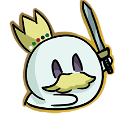
— Comentarios 0
, Reacciones 1
Se el primero en comentar